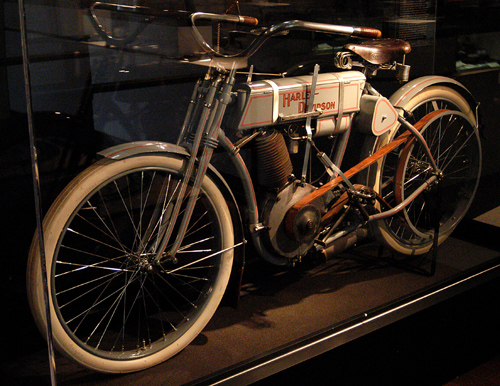|
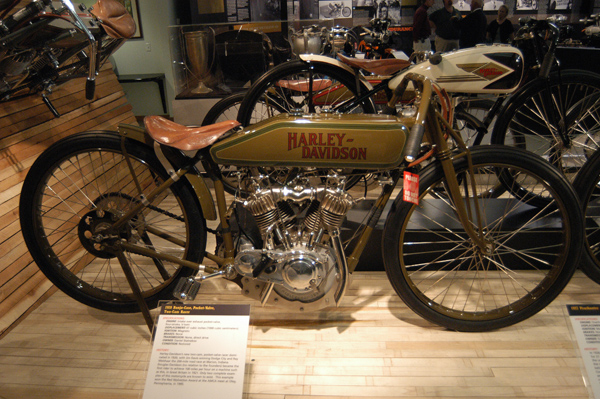
By 1920, Harley was making singles and V-Twins, and this 1920 race bike used two separate camshafts to operate the engine's overhead intake valves. An earlier model in 1913 sported a double-overhead-cam 4-valve engine.
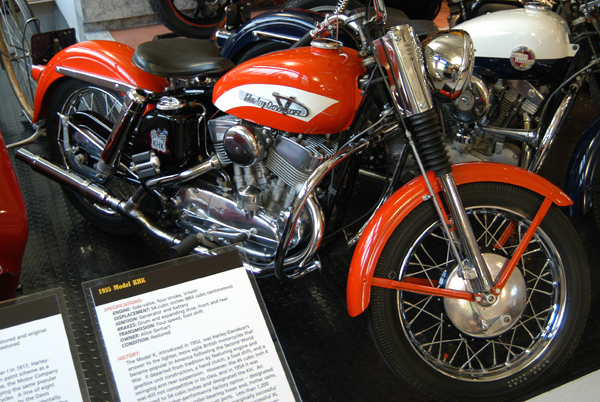
1955 KHK. Harley's first true high-performance street bike was the 1955 KHK, like the one shown here. It featured a larger flathead engine, 54 vs. 45 cu.-in. of displacement, rear suspension, a higher compression ratio and hotter camshafts in order to compete with the BSAs and Triumphs of the day. Two years later, it morphed into the XLCH Sportster 883, that's still sold today as Harley's entry-level model.
1970 SUPER GLIDE. Willie G. Davidson has been in charge of Harley's design department for more than 30 years, and this was his debut piece--the 1970 Super Glide with its raked front end, fiberglass tailpiece and red, white and blue paint job.
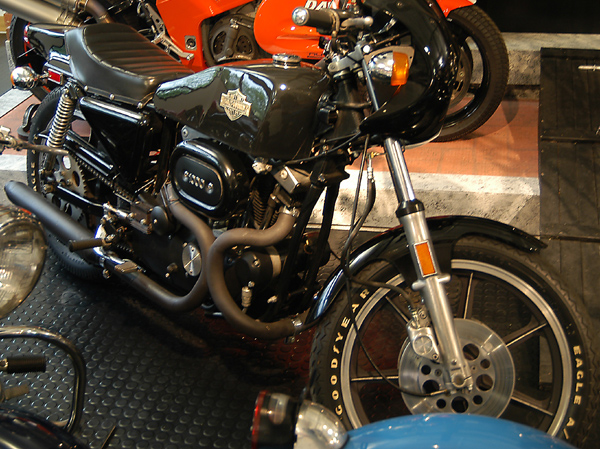
XLCR. Cafe racers were popularized by the Brits and the Japanese in the 1970s, and the XLCR Cafe Racer limited-production model was Harley's offering. It had siamesed exhaust pipes and a coffin-shape tank, and nearly every piece of it was black, black, black.
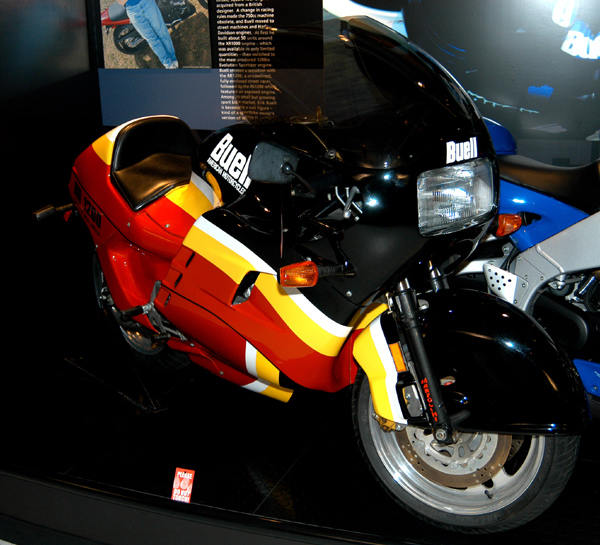
BUELL RS 1200. Erik Buell was a Harley-Davidson engineer who struck out on his own after-hours and produced Harley-powered specials such as this Buell RS 1200 touring machine. His stuff was so good, his ideas so innovative, Harley bought him out and Buell is now the entry-level and high-performance sportbike division of Harley-Davidson.
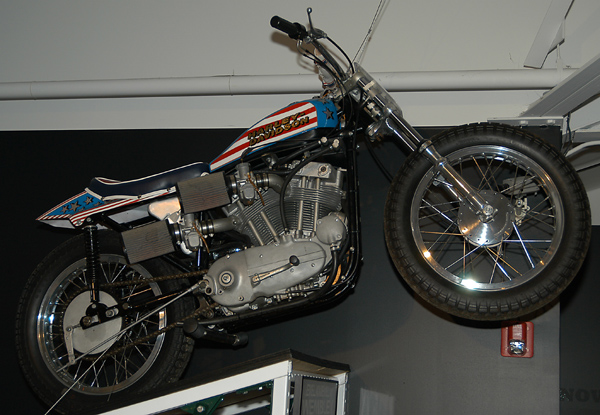
EVEL KNIEVEL XR750. And then there was Robert "Evel" Knievel, the man who pioneered motorcycling's major-event business and singlehandedly started what became the X Games. This is his XR750 stunt cycle.
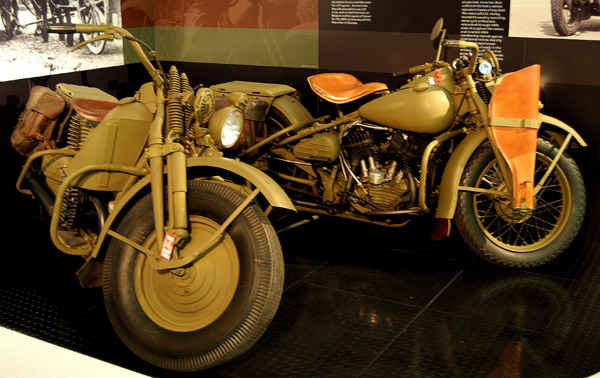
COURIER BIKES. World War II saw Harley-Davidson convert for war production, as demonstrated by these two courier bikes. The one on the left is powered by a BMW R32 horizontally opposed flathead Twin engine, the one on the right is all Harley. Founder's son John E. Harley was the director of motorcycle rider training at Fort Knox during the war.
|
